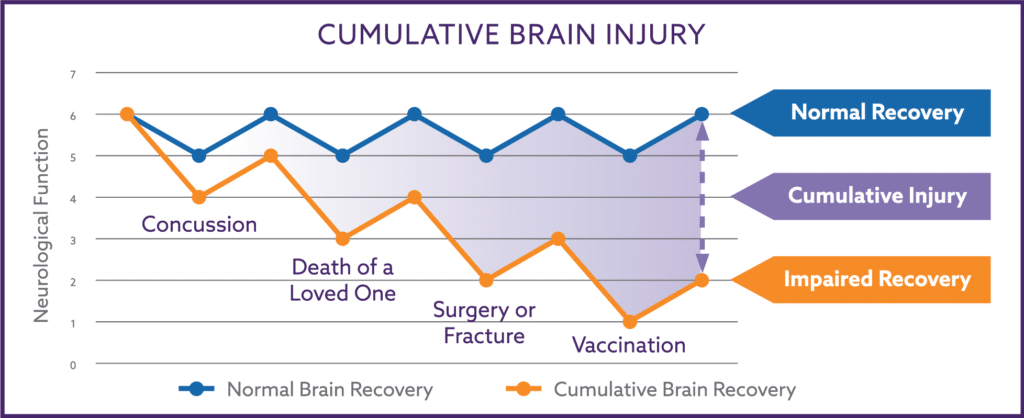This is a video I put together that reviews the cytokine storm associated with the severe cases of respiratory failure COVID-19 infection and how vagus nerve stimulation might be used to lessen the severity of the cytokine surge.
Patients hospitalized with COVID-19 are predominantly dying of respiratory failure due to a surge of pro-inflammatory cytokines triggering acute respiratory distress syndrome (ARDS). ARDS is the reason such a high percentage of patients are requiring mechanical ventilation.
Known as a cytokine storm, the surge in cytokines is similar to the often fatal inflammatory reaction associated with septic shock. While anti-viral agents will most likely be required to reduce the molecular viral burden in COVID-19 patients, an additional approach to control the damaging cytokine release will be required.
Watch Video
Targeting inflammation with immunosuppressants in patients with an active infection might be detrimental because of the potential inhibition of natural anti-viral immune responses (i.e., suppression of interferon), thereby delaying virus clearance and potentially increasing complications or death.
Chronic bioelectric stimulation of the vagus nerve (VNS) has the potential to improve the body’s natural ability to regulate the inflammatory response and is potent enough to suppress pro-inflammatory cytokines and prevent death especially if used early enough in the course of the hospitalization.
In rat models of sepsis, vagus nerve electrical stimulation attenuates and prevents hypotension, modulates coagulation, and fibrinolysis activation which all decrease organ dysfunction and improve survival. Hence, the therapeutic potential of vagal nerve stimulation to treat disorders characterized by cytokine dysregulation holds great potential.
Human studies demonstrate that VNS is capable of suppressing the production of pro-inflammatory TNF, IL-1β, and IL-6 in rheumatoid arthritis and intractable epilepsy as well as reducing CRP levels in active Crohn’s Disease. Clinical improvements are seen in all 3 examples as well.
Watch Video
The vagus nerve can be electrically stimulated either with an implantable device placed on the vagus nerve or through a transcutaneous (tVNS) approach utilizing a clip on the ear. Both approaches of vagus stimulation are safe when used in humans although the transcutaneous approach is the least expensive, does not require surgery, requires little training and a single unit can be shared among many patients.
The combination of effectiveness, cost, safety and simplicity make tVNS an obvious candidate to assess in hospitalized COVID-19 patients. Bioelectrical stimulation of the vagus nerve is an unexplored avenue that could fill the urgent need for a method to improve a patient’s ability to improve their immune regulation.

